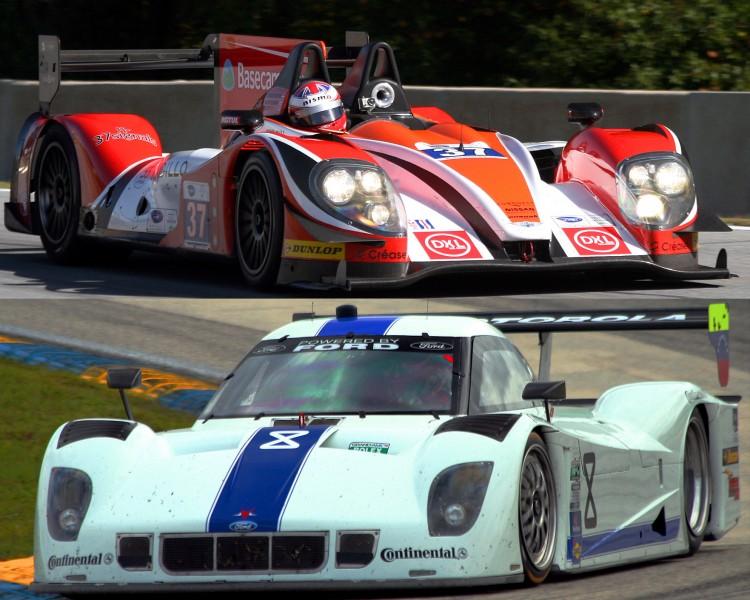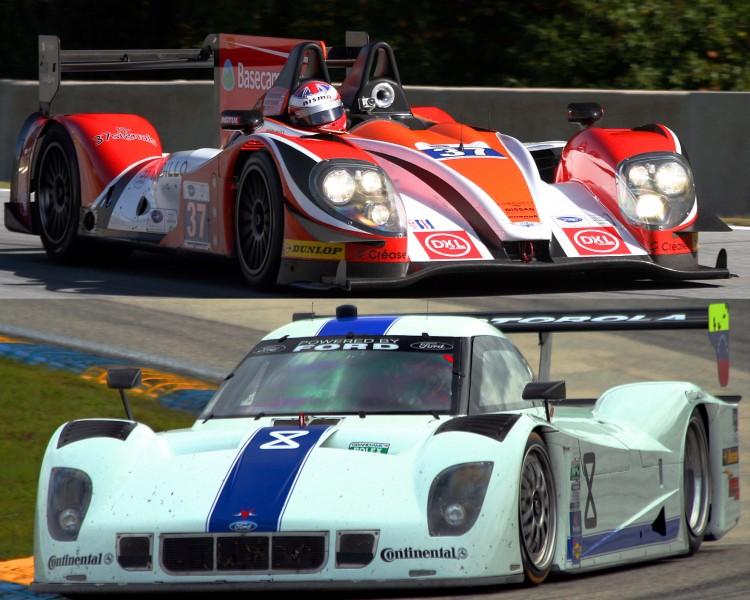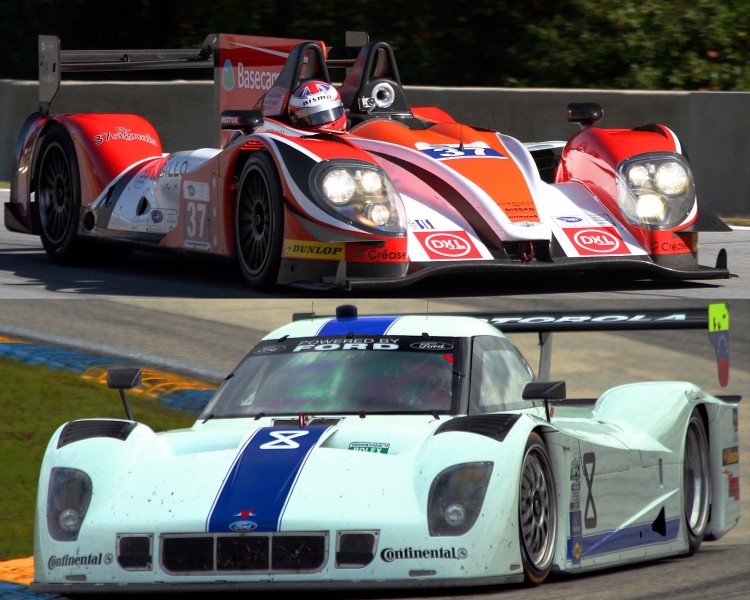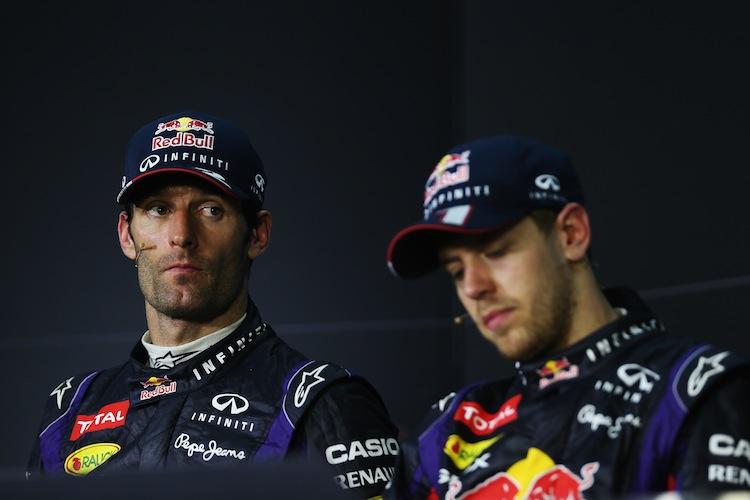Sports car fans in North America have only a few more days to wait: on January 4, 2013, at a press conference at Daytona International Speedway, Grand Am’s Competition Director Richard Buck and IMSA/ALMS COO Scot Elkins will announce the class structure for the merged sports car series which will be competition in January 2014.
After NASCAR, which owns Grand Am and its Rolex Sports car series, bought the competing International Motor Sports Association and its American Le Mans Series in September, fans, teams, and car manufacturers have been waiting to learn the class structure of the resulting unified series.
Grand Am’s Rolex series boasts a solid field of about a dozen Daytona Protoypes as its top class. Slow and a bit primitive, these cars have never been fan favorites, but NASACR subsidies and solid series management has made the DP the rider of choice for a lot of teams for a lot of seasons.
Unfortunately, fans preferred the more exotic and technologically advanced cars of the rival series. Rolex had first-rate promotion and a great television product, but few fans ever attended a race or tuned in on TV.
The DPs put on good races, but they weren’t as fast as the competing series’ cars. Likewise, the Grand Am GT class was slower than the competition’s. Grand Am’s Rolex series survived only because of NASCAR money; as a business, it was a bust.
ALMS has usually followed the rules of the French Auto Club de l'Oueste, which organizes the Le Mans 24-Hour race. This meant ALMS teams could compete at Le Mans, and European teams could come to America to race—a real bonus for teams and fans alike.
However, difficulties with management, promotion and capitalization limited the appeal of this series. After 2008 most of the manufacturers pulled out of the top class, leaving only two or three LMP1 cars to contest the overall win by 2012, with another three P2 cars trailing behind.






